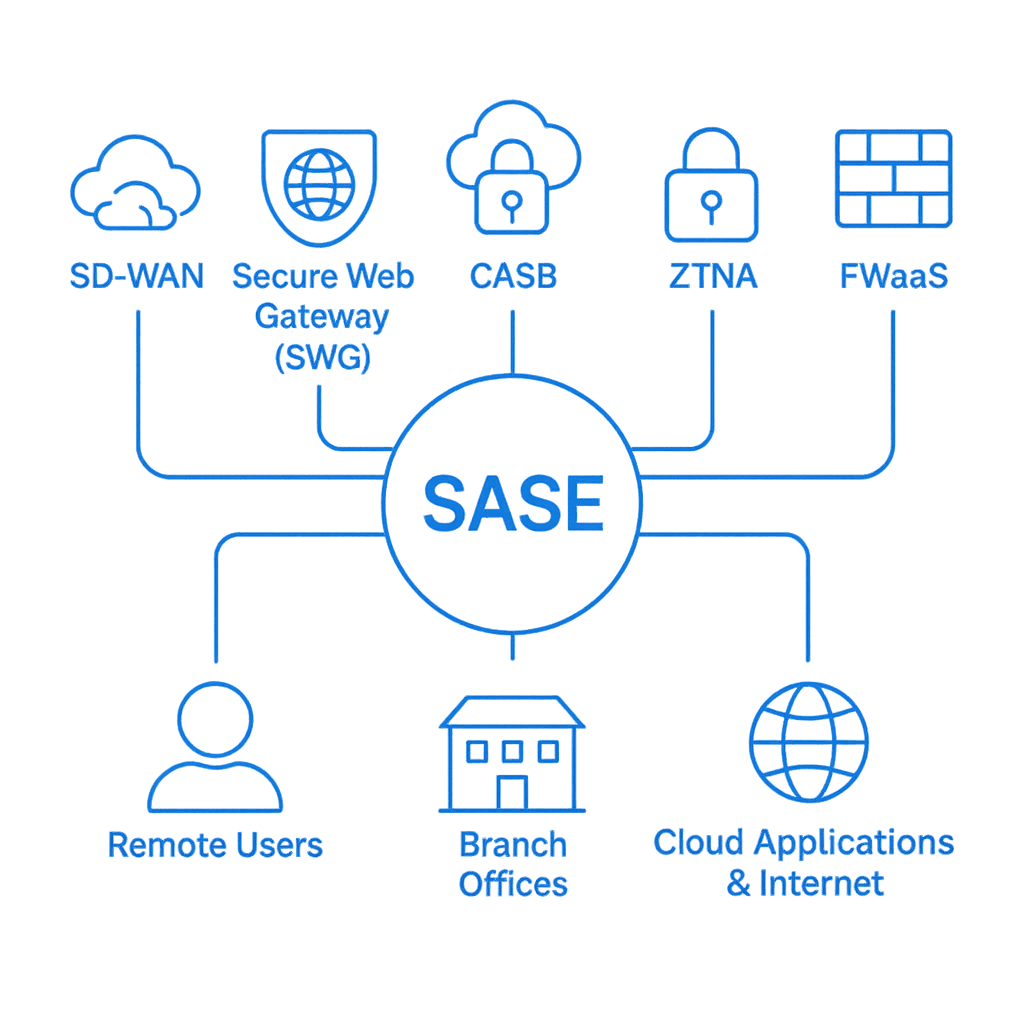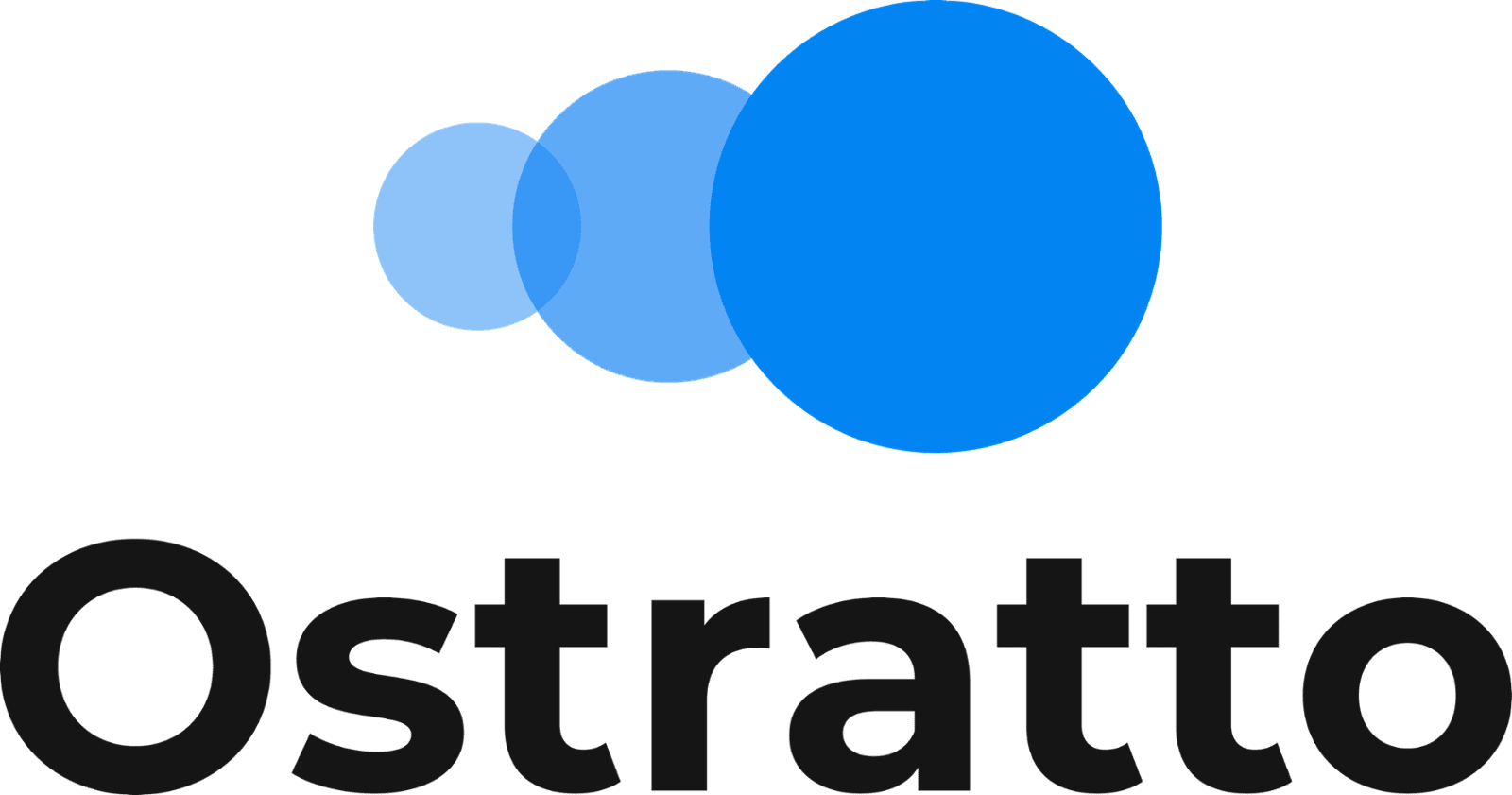Breaking Down SASE: The Basics
At its core, SASE is about combining network security and connectivity into one cloud-delivered service. Traditionally, businesses would:
Connect users to a central office network (via VPNs or firewalls).
Route internet and app traffic back through that office for security checks.
This worked when everyone sat in the same office. But with cloud apps (like Zoho, Microsoft 365, or Google Workspace) and hybrid work, this model slows everything down and leaves gaps in protection.
SASE flips the model:
Security is delivered from the cloud edge, not your office.
Users connect securely to the nearest SASE “point of presence” (POP), wherever they are.
The service combines network performance and security features in one.
The Core Components of SASE
A true SASE platform usually bundles together:
- SD-WAN (Software-Defined Wide Area Network) - Improves connectivity by routing traffic intelligently over multiple internet paths (rather than relying on a single VPN tunnel).
- Secure Web Gateway (SWG) - Filters web traffic, blocking malicious sites and enforcing browsing policies.
- Cloud Access Security Broker (CASB) - Provides visibility and control over cloud apps (e.g. who’s accessing Zoho CRM from where, and what they’re doing).
- Zero Trust Network Access (ZTNA) - Replaces old VPNs with identity-based access. Users only get access to what they need, and nothing more.
- Firewall-as-a-Service (FWaaS) - Cloud-based firewalls to protect against unauthorised access and threats.

Why SASE Matters for SMEs
- Simplified IT - Instead of juggling separate VPNs, firewalls, and security tools, SASE consolidates them into one cloud service.
- Scalable - Adding new staff, locations, or devices is easier. No need to buy more hardware firewalls for every site.
- Better experience for remote workers - Staff connect directly to the nearest SASE node for faster, safer access to apps.
- Cost control - A single subscription model can replace multiple expensive IT systems and maintenance costs.
- Future-proofing - Cybersecurity regulations and customer expectations are rising; SASE helps SMEs show they take data protection seriously.
Real-World Example
- An office in Bristol
- A handful of remote staff around the UK
- Teams using Zoho, Google Workspace, and Microsoft Teams daily
With SASE
- Everyone connects to the nearest secure cloud edge.
- All traffic is encrypted, scanned, and routed optimally.
- Security policies are applied consistently, whether someone is at home, in the office, or on the road.
Without SASE
- Remote users connect to the office via VPN, slowing everything down.
- Security tools may be inconsistent across devices.
Challenges to Consider
While SASE offers a modern approach to networking and security, it’s not entirely a “switch it on and forget it” solution. For SMEs, the promise of simplified management, cost savings, and stronger protection is attractive - but it comes with practical hurdles. SMEs should be aware of:
Vendor Choice
Different providers bundle features differently. Some focus more on SD-WAN, others on security.
Migration Planning
Moving from traditional firewalls/VPNs to SASE takes careful rollout.
Connectivity Reliance
As SASE is cloud-delivered, you need reliable internet to benefit fully.
- If you’re planning a network refresh, moving to more remote/hybrid working, or want to simplify your IT stack, now is a good time to evaluate SASE.
- If your current security tools are working and budgets are tight, start by exploring Zero Trust and cloud-delivered firewalls - key stepping stones toward SASE.

